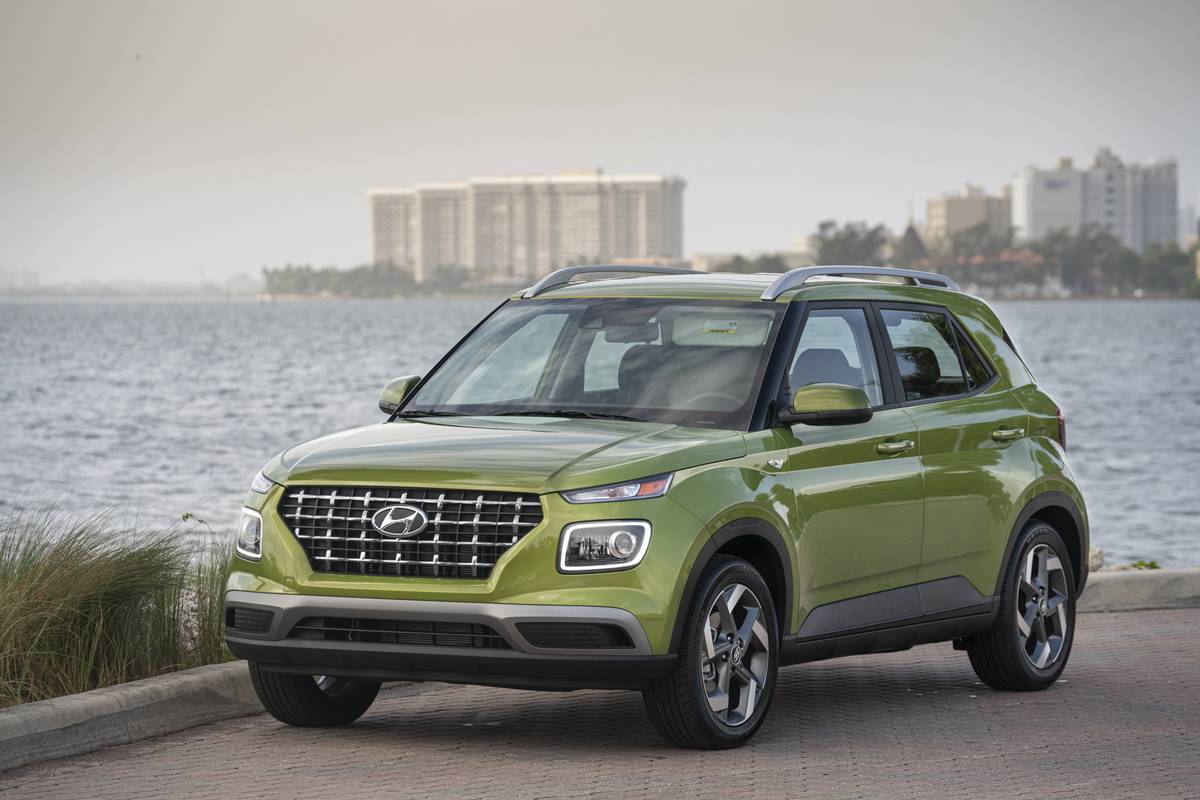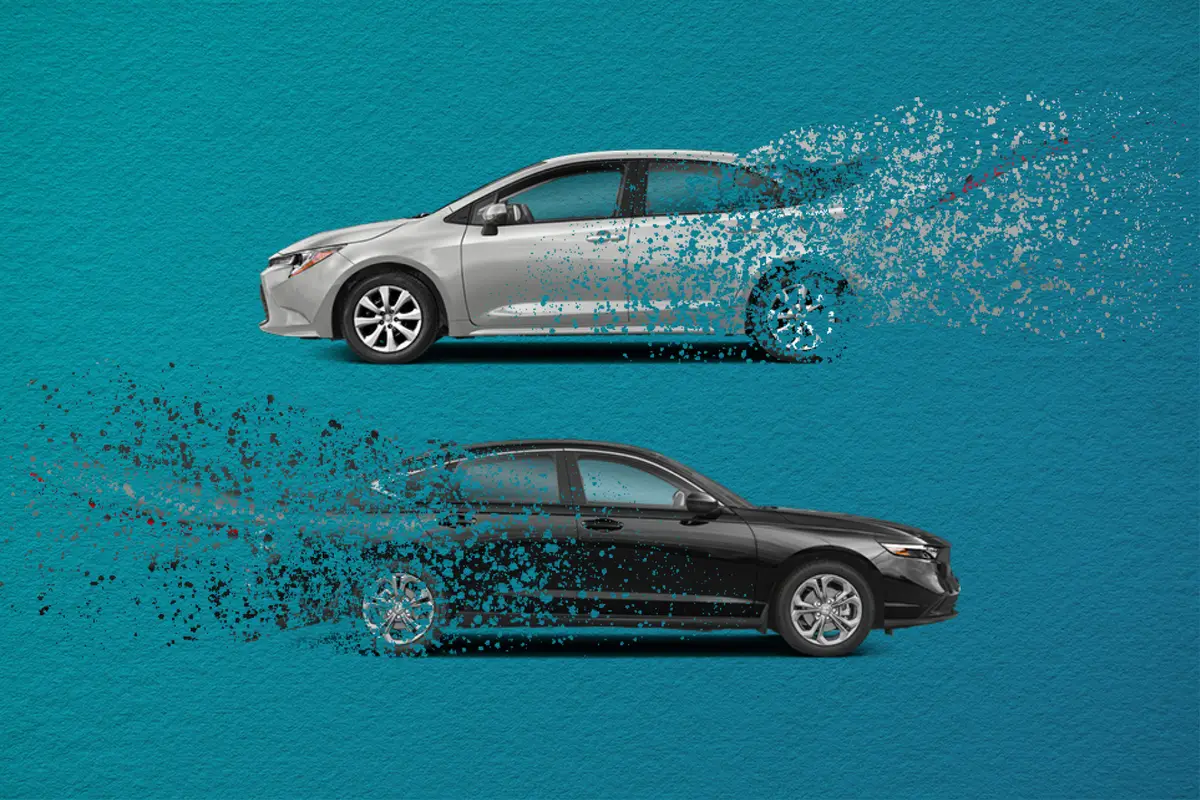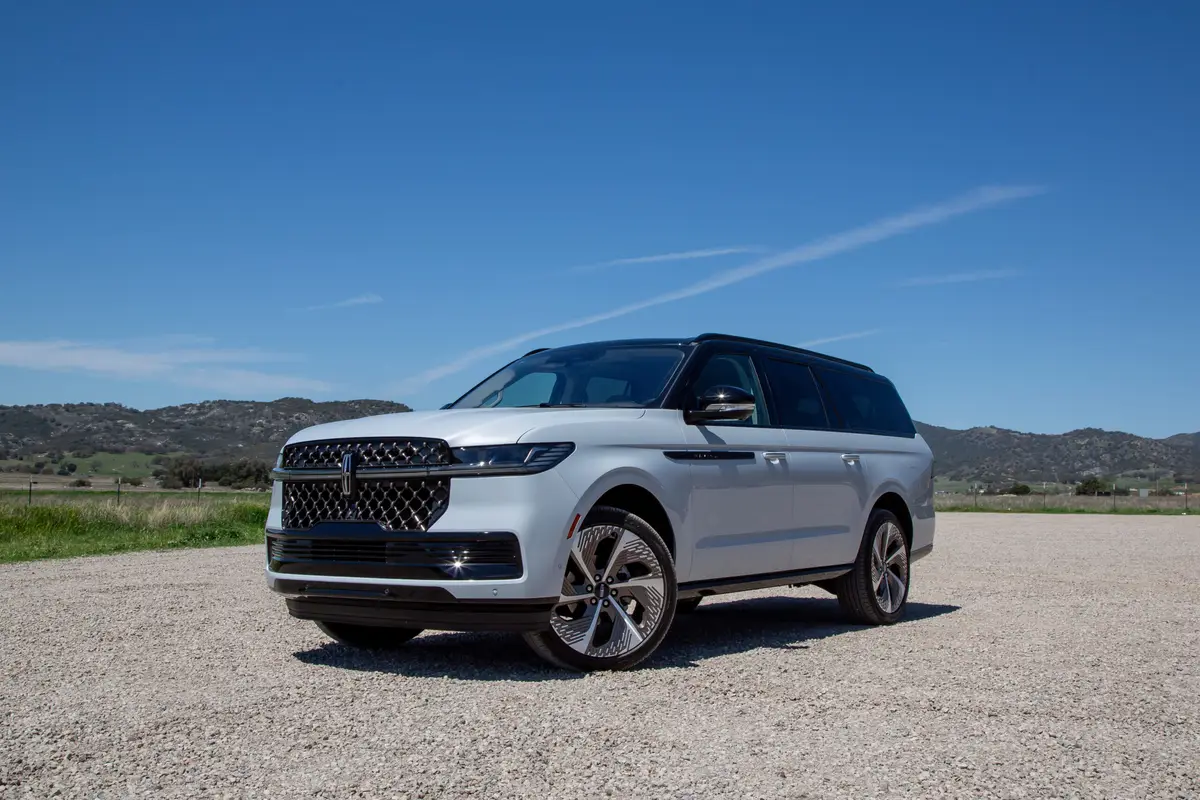2006 Toyota Sequoia: What's New
Vehicle Overview
Launched during 2001, Toyota’s largest sport utility vehicle evolved from the company’s Tundra pickup truck and is built at the same Indiana plant. At nearly 204 inches long overall, the Sequoia is considerably longer than the Japanese automaker’s Land Cruiser SUV.
Sequoias exhibited a freshened exterior for 2005, which included a new front fascia and grille, standard overfenders and redesigned taillamps with clear-lens covers. The V-8 engine gained power and worked with a new five-speed-automatic transmission. Side curtain-type airbags that incorporate a roll-sensing feature and extend to protect second-row occupants became optional.
Other than new second-row bucket seats in the SR5 Sport Package and revised engine output figures, little has changed for 2006. Offered in SR5 and upscale Limited trim levels, the Sequoia is priced lower than Toyota’s luxurious Land Cruiser but higher than its midsize 4Runner. All three SUVs are truck-based. Sequoias can be equipped with either rear- or four-wheel drive.
Exterior
Sequoias ride a 118.1-inch wheelbase and measure 203.9 inches long overall — that’s more than 11 inches longer than the Land Cruiser. Toyota shortened the Tundra’s wheelbase for use in the Sequoia, which is 78.9 inches wide. The Limited rides on 17-inch tires, but the SR5 has standard 16-inch tires.
The full-size Sequoia has four side doors and a rear liftgate with a fully retracting power window. The four-wheel-drive Limited has 10.6 inches of ground clearance, which is more than most rivals offer. Toyota claims the Sequoia offers more cargo capacity than the Ford Expedition.
Interior
The Sequoia seats up to eight people on two front captain’s chairs and two three-place bench seats. Its contemporary dashboard is similar to the Tundra’s. Stepping up to the Limited model adds leather upholstery, heated front seats and a 10-speaker JBL stereo system. Cargo volume measures 128.1 cubic feet with all of the seats folded or 36.2 cubic feet behind the third row.
Under the Hood
Using new testing standards developed by the Society of Automotive Engineers, the Sequoia’s 4.7-liter V-8 produces 273 horsepower and 314 pounds-feet of torque. It teams with a five-speed-automatic transmission. The V-8 uses Toyota’s variable valve timing with intelligence system. A dashboard control on 4×4 models permits switching into or out of 4WD High while under way.
Safety
Antilock brakes and Toyota’s Vehicle Stability Control electronic stability system are standard. Options include side-impact and two-row side curtain-type airbags. All eight seating positions have three-point seat belts.
Driving Impressions
Despite its abundant dimensions, the Sequoia doesn’t feel as immense as some of its rivals — once you’ve managed to get inside. In fact, it drives beautifully and yields an excellent highway ride. You feel the bumps, but the suspension absorbs the brunt of road imperfections. The Sequoia takes curves better than expected, and little steering correction is needed on straightaways.
Vigorous acceleration is matched by an easy-action automatic transmission that’s controlled by a column-mounted gearshift. The engine is quiet, and no other sounds are bothersome. Occupants have plenty of room, and the Sequoia offers abundant storage possibilities.
Featured stories



2025 Lincoln Navigator Review: Elephantine Elegance

